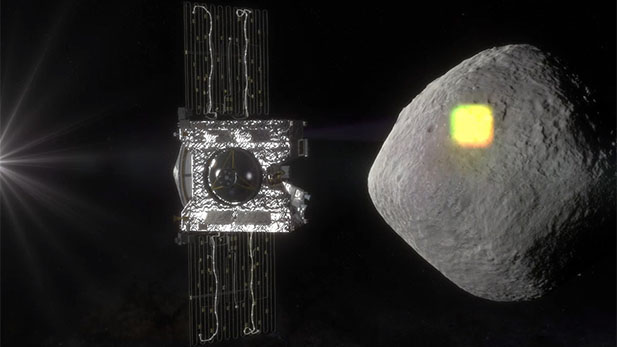
For space exploration missions, the best word you can hear is "nominal," meaning they are performing as they should.
The operation of the University of Arizona’s OSIRIS-REx mission to an asteroid is being described in superlative terms.
Three weeks into its seven-year mission to obtain and return a sample from an asteroid, OSIRIS-REx is on target.
“We have completely checked out our spacecraft and all of our science instruments, and everything is working perfectly," said the UA's Dante Lauretta, the mission's principal investigator.
Three cameras, built at the UA, were turned on last week and sent back 150 images of stars. Other instruments also were activated and all sent data back to the mission’s science headquarters in Tucson.
The asteroid sample will return to Earth in 2023.

By submitting your comments, you hereby give AZPM the right to post your comments and potentially use them in any other form of media operated by this institution.